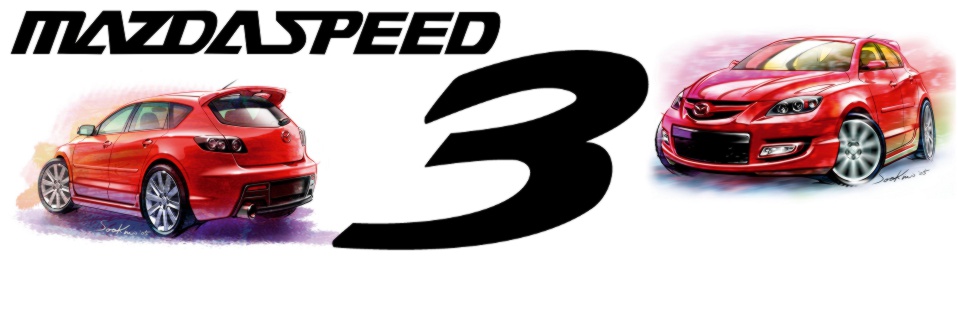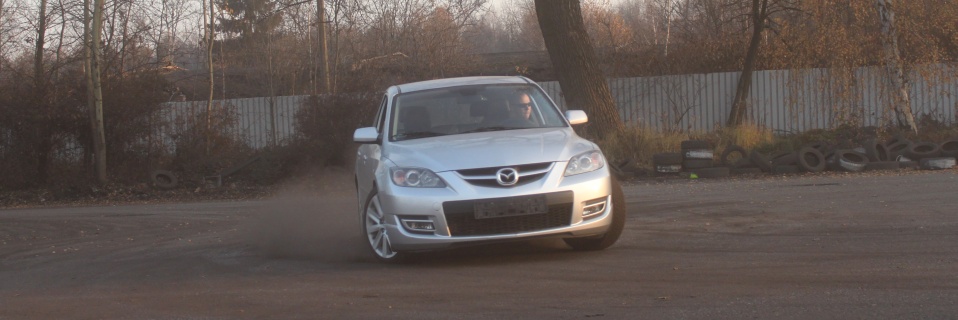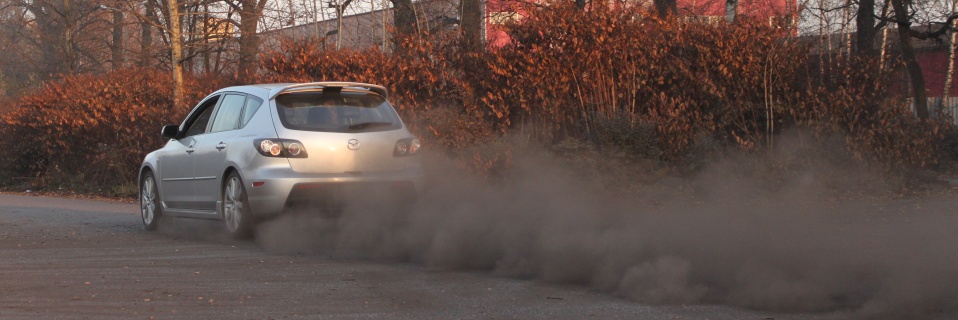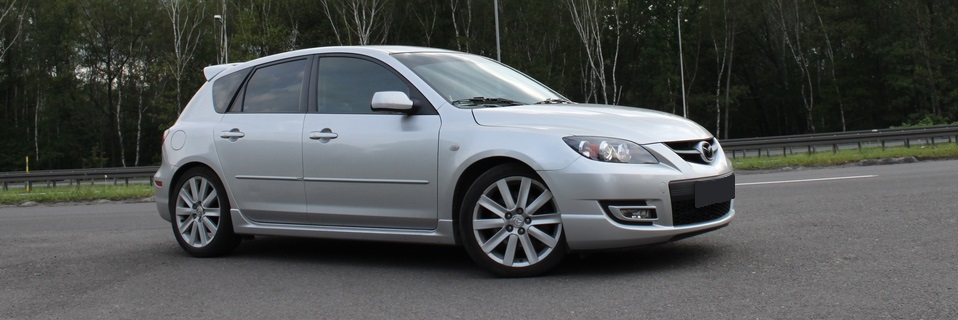TorSen
Turbocharged engine with a capacity of 2.3 liters for such a compact hatchback with front-wheel drive entails certain consequences. One is the need for appropriate differential, which is tame 260 HP and 380 Nm, especially when accelerating. The models from the MPS uses the limited slip mechanism TorSen and electronic torque reduction on the first two ratios.
A limited slip differential (LSD) is a type of differential gear arrangement that allows for some difference in angular velocity of the output shafts, but imposes a mechanical bound on the disparity. In an automobile, such limited slip differentials are sometimes used in place of a standard differential, where they convey certain dynamic advantages, at the expense of greater complexity.
Two main types of LSD are commonly used on passenger cars; torque sensitive (geared or clutch-based or cone-based as shown in figure at top of page) and speed sensitive (viscous/pump and clutch pack). The latter is gaining popularity especially in modern all-wheel drive vehicles, and generally requires less maintenance than the mechanical type.
History
Torsen (full name Torsen traction) is a type of differential used in automobiles. It was invented by American Vernon Gleasman and manufactured by the Gleason Corporation. Torsen is a contraction of Torque-Sensing. TORSEN and TORSEN Traction are registered trademarks of JTEKT Torsen North America Inc (formerly Zexel Corporation, formerly Gleason Power Systems). All Torsen differentials have their origin in the Dual-Drive Differential that was invented and patented by Gleasman in 1958.
Torsen differentials can be used in one or more positions on a motor vehicle:
- center - used to apportion appropriate torque distribution between front and rear axles on an all-wheel drive vehicle.
- rear - used to apportion appropriate torque distribution between left and right sides in rear axles. This may be on either a rear-wheel drive or four-wheel drive vehicle.
- front - used to apportion appropriate torque distribution between left and right sides in front axles. This may be on either a front-wheel drive or four-wheel drive vehicle.
A four-wheel-drive vehicle, for example, may use either one, two, or three Torsen differentials.
How they work
The Torsen differential works just like a conventional differential but can lock up if a torque imbalance occurs, the maximum ratio of torque imbalance being defined by the Torque Bias Ratio (TBR).[3] When a Torsen has a 3:1 TBR, that means that one side of the differential can handle up to 75% while the other side would have to only handle 25% of applied torque. During acceleration under asymmetric traction conditions, so long as the higher traction side can handle the higher percentage of applied torque, no relative wheelspin will occur. When the traction difference exceeds the TBR, the slower output side of the differential receives the tractive torque of the faster wheel multiplied by the TBR; any extra torque remaining from applied torque contributes to the angular acceleration of the faster output side of the differential.
NOTE: The TBR should not be confused with the uneven torque-split feature in the planetary-type Torsen III. The planetary gearset allows a Torsen III center differential to distribute torque unevenly between front and rear axles during normal (full traction) operation without inducing wind-up in the drivetrain. This feature is independent of the Torque Bias Ratio.
Torsens in front and/or rear axles
When attempting to turn with a torque sensitive differential, the outer wheel will need to rotate quicker relative to the differential, and the inner wheel will rotate slower than the differential. Friction in the differential will oppose motion, and that will work to slow the faster side and speed up the slower/inner side. This leads to asymmetric torque distributions in drive wheels, matching the TBR. Cornering in this manner will reduce the torque applied to the outer tire, leading to possibly greater cornering power, unless the inner wheel is overpowered (which is easier to do than with an open differential). When the inner tire (which has less traction due to weight transfer from lateral acceleration) is overpowered, it angularly accelerates up to the outer wheel speed (small percent wheel spin) and the differential locks, and if the traction difference does not exceed the TBR, the outer wheel will then have a higher torque applied to it. If the traction difference exceeds the TBR, the outer tire gets the tractive torque of the inner wheel multiplied by the TBR, and the remaining applied torque to the differential contributes to wheel spin up.
When a Torsen differential is employed, the slower-moving wheel always receives more torque than the faster-moving wheel. The Torsen T-2R RaceMaster is the only Torsen to have a preload clutch. So, even if a wheel is airborne, torque is applied to the other side. If one wheel were raised in the air, the regular Torsen units would act like an open differential, and no torque would be transferred to the other wheel. This is where the parking brake "trick" can help out. If the parking brake is applied, assuming that the parking brake applies even resistance to each side, then the drag to the airborne side is 'multiplied' through the differential, and TBR times the drag torque is applied to the other side. So, the ground side would see (TBR X drag torque) minus drag torque, and hopefully that can help restore progress either forward/backwards. In Hummer/HMMWV applications, there are both front and rear Torsen differentials, so the use of the main brakes will operate this "trick" on both axles simultaneously.








